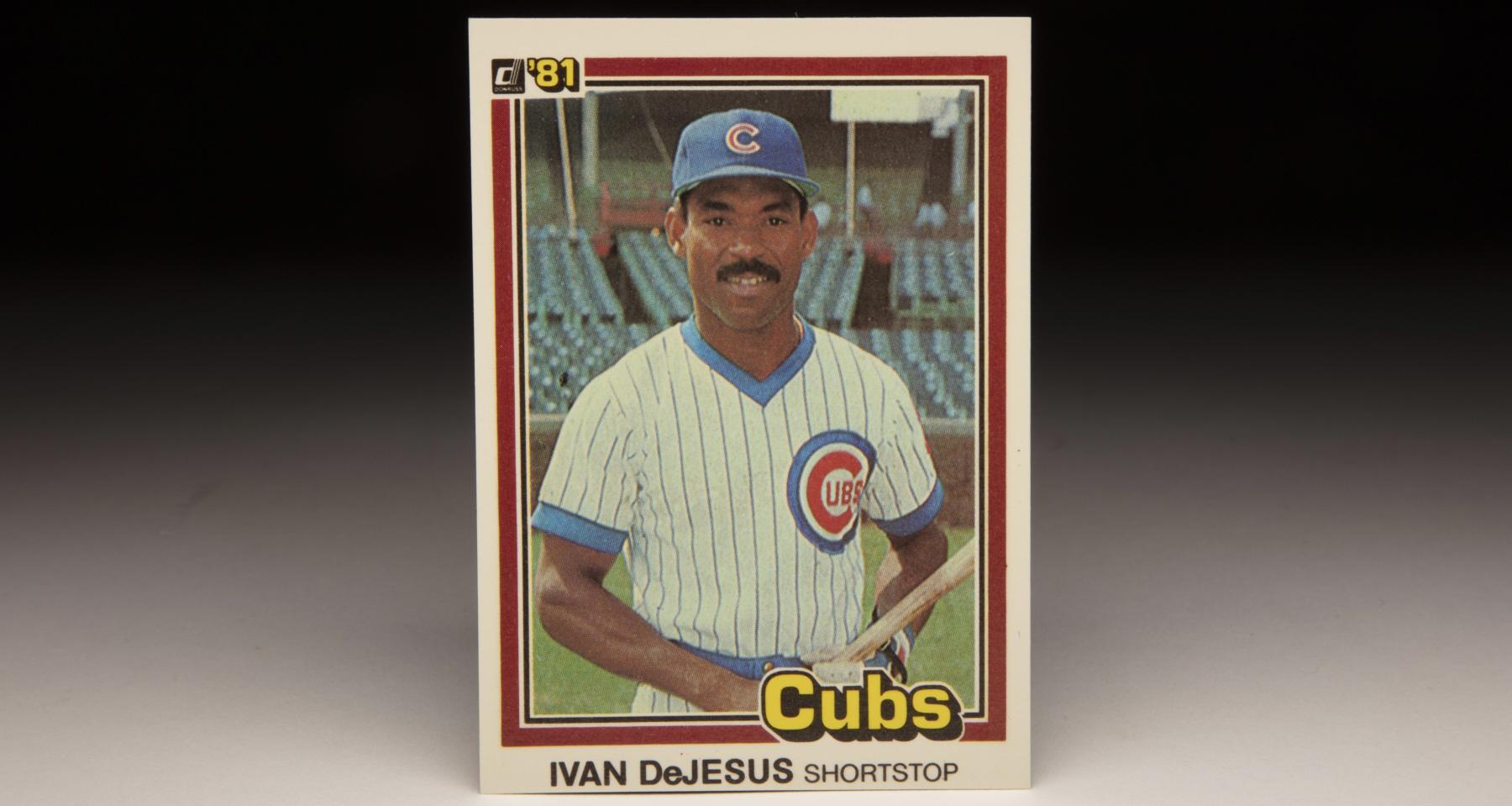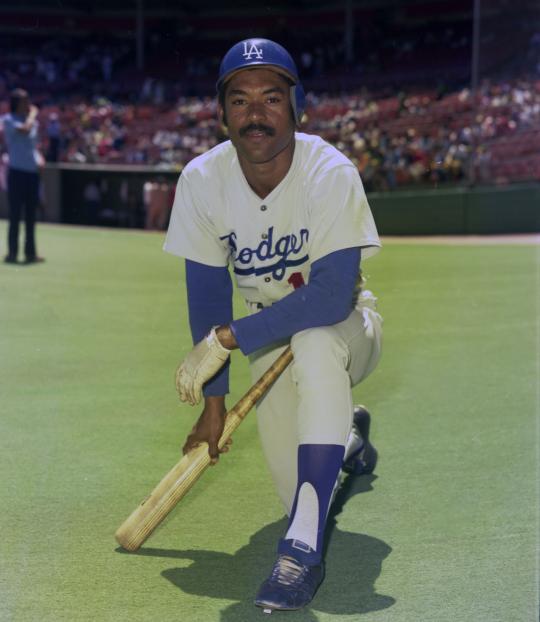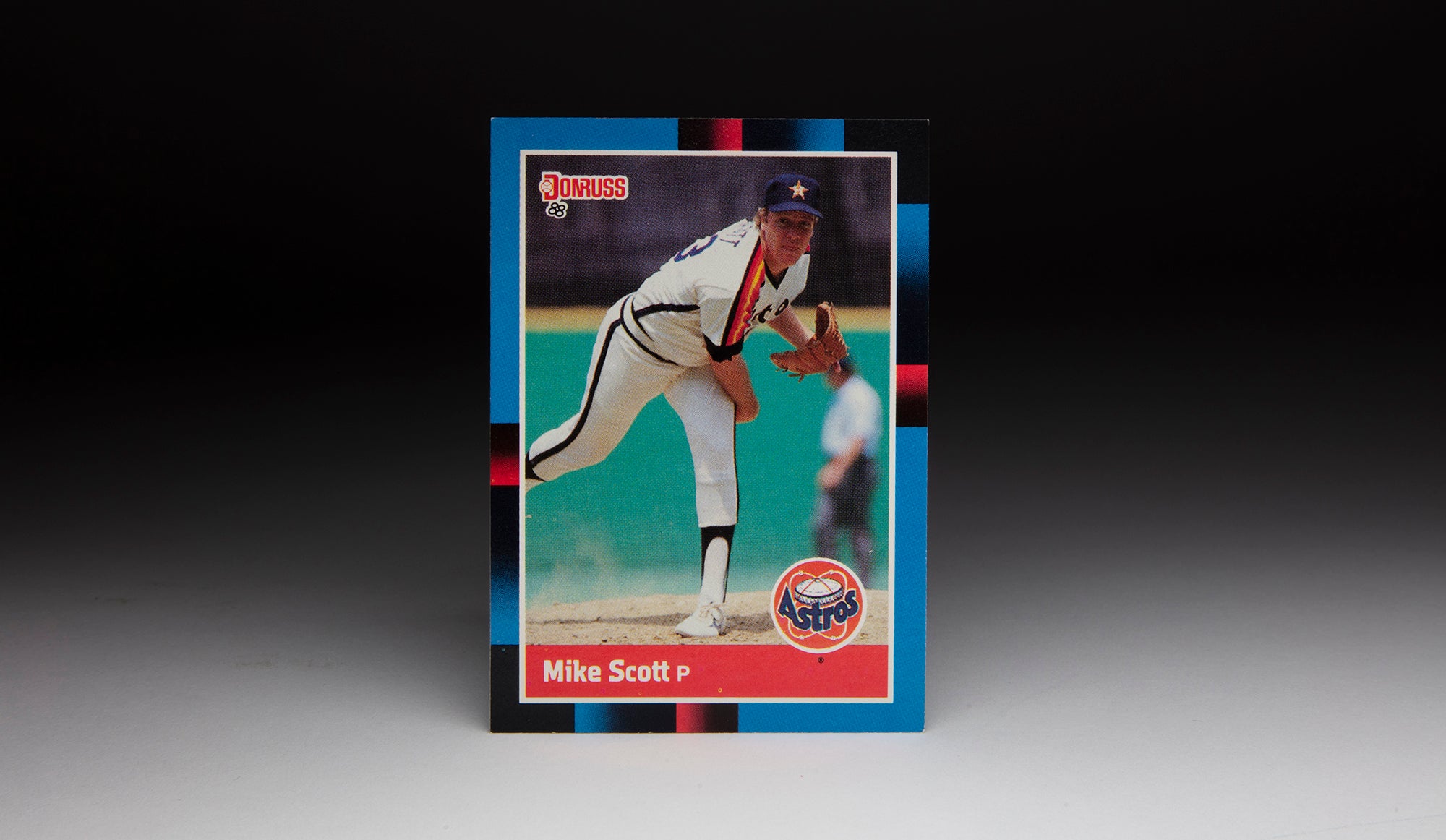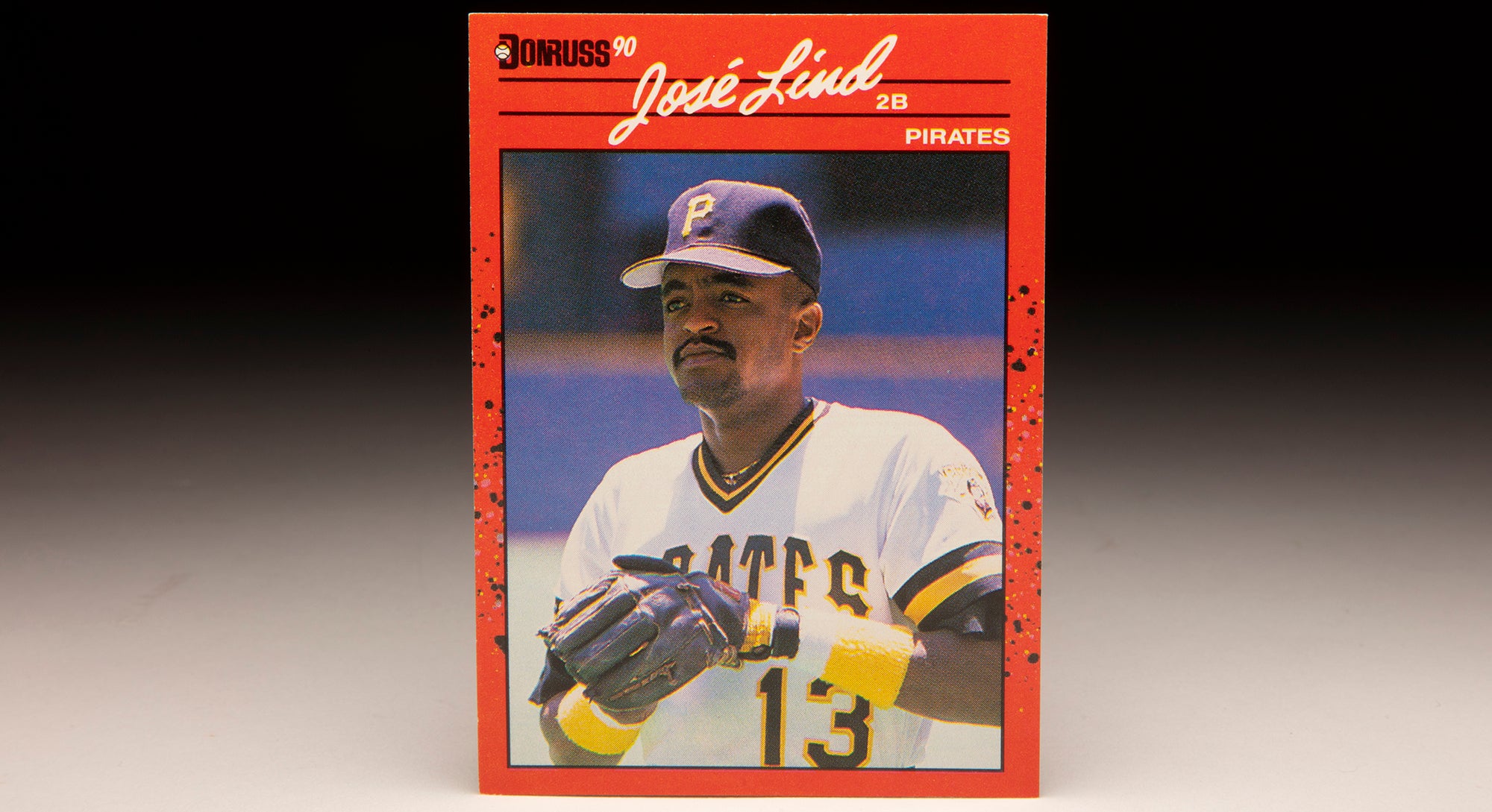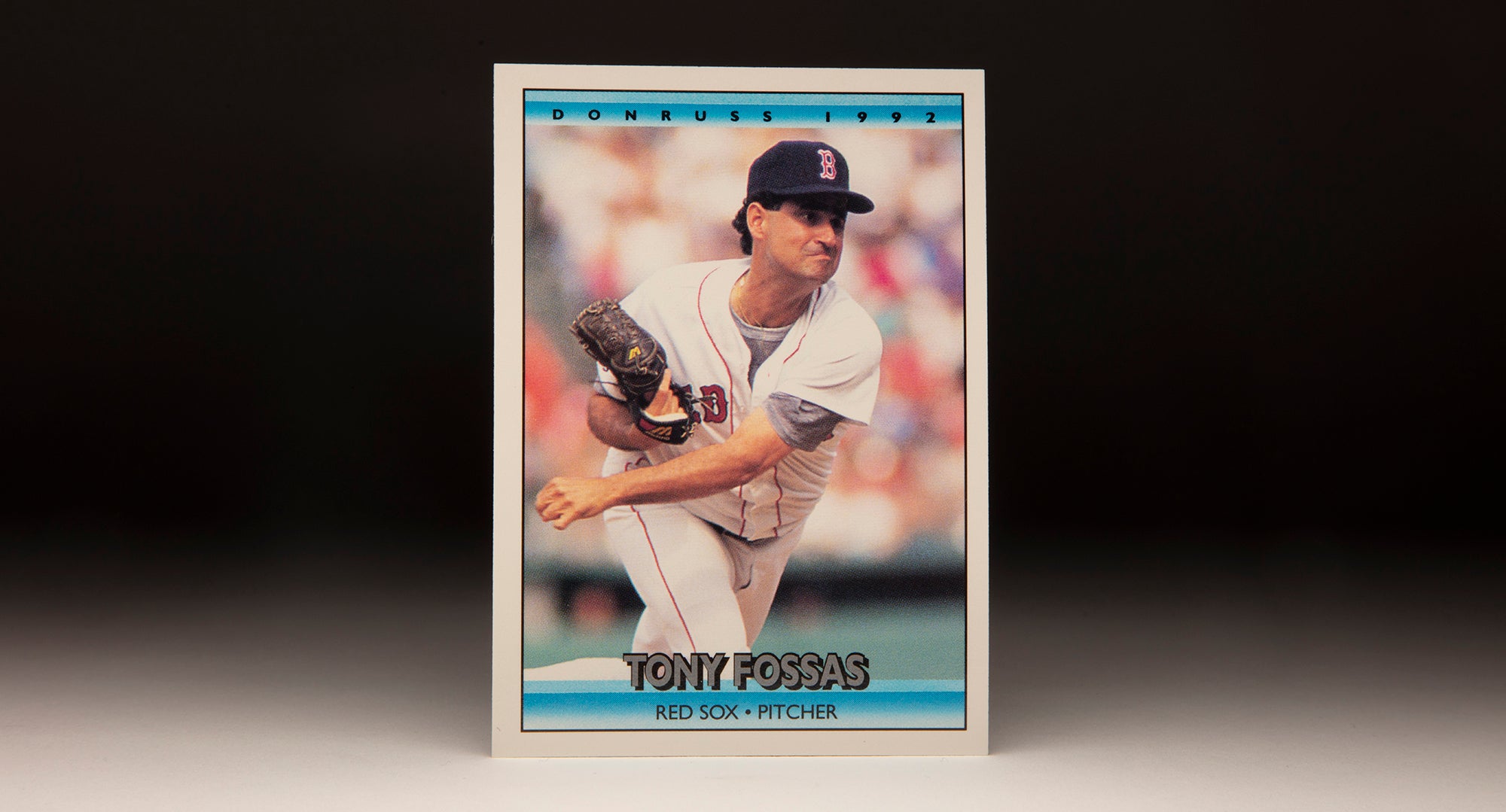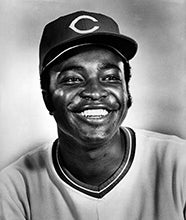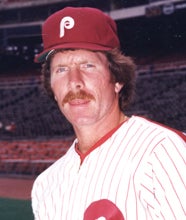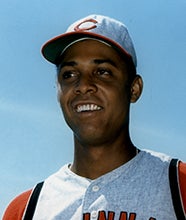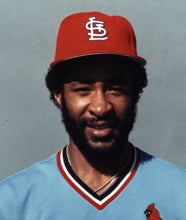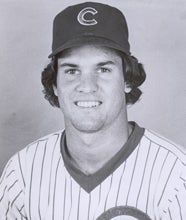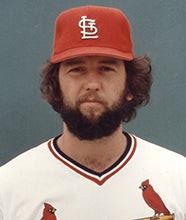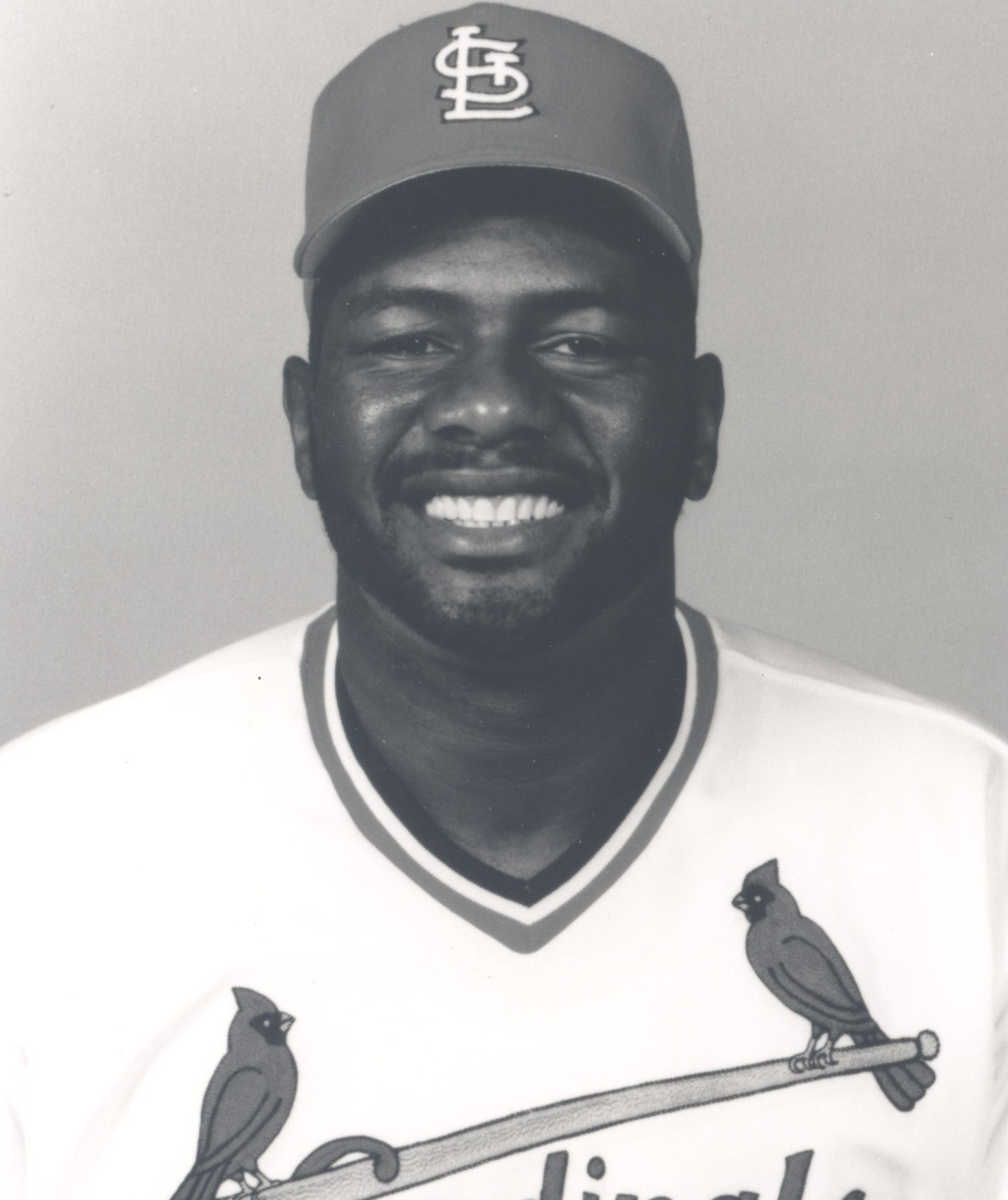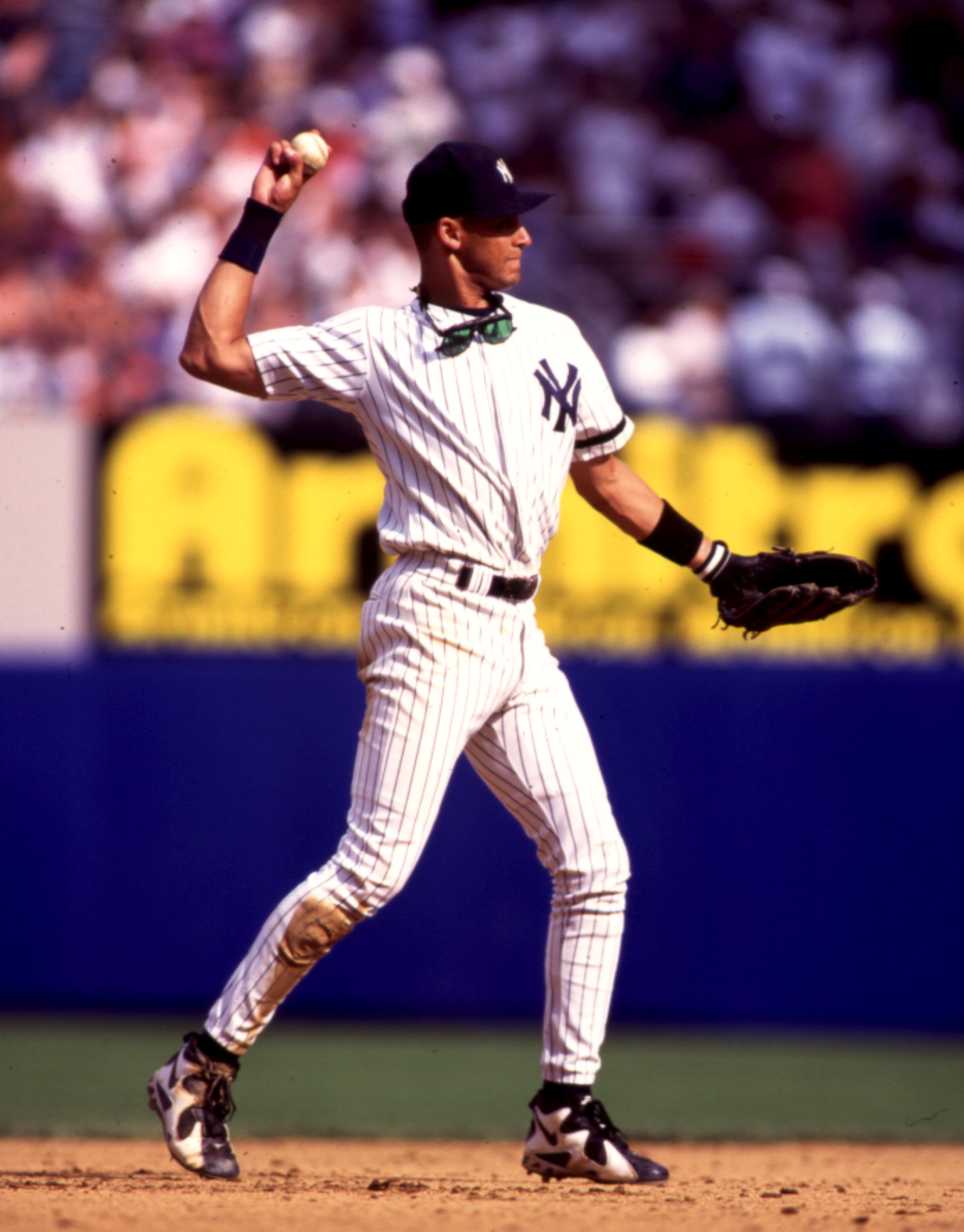- Home
- Our Stories
- #CardCorner: 1981 Donruss Iván de Jesus
#CardCorner: 1981 Donruss Iván de Jesus
Unsurprisingly, the record for most seasons with at least 154 games at shortstop is held by the Iron Man, Cal Ripken Jr.
Ripken recorded 12 such seasons, followed on that list by Miguel Tejada (nine), Jimmy Rollins (eight) and Derek Jeter (seven). Those four are the only players in history with more than Iván de Jesus, who parlayed his durability and speed into a career that made him a regular on two pennant winners during his 15 seasons.
Born Jan. 9, 1953, in Santurce, Puerto Rico, de Jesus was signed by the Dodgers as a free agent at the age of 16 on May 23, 1969. The next year, he was starting at shortstop for Daytona Beach of the Class A Florida State League, hitting .232 and committing 38 errors but flashing the range and hands that caught scouts’ attention.
In 1971, de Jesus was sent to Class A Bakersfield of the California League where he hit .234 in 126 games while committing 48 errors. He went back to Daytona Beach in 1972 and then back to Bakersfield again in 1973, almost mirroring each of his previous seasons at the respective stops.
Then in 1974, the Dodgers promoted de Jesus all the way to Triple-A Albuquerque. Now 21, de Jesus hit .298, stole 22 bases and scored 81 runs while earning a berth in the Pacific Coast League All-Star Game. He still committed 38 errors, but his fielding percentage rose to a respectable .952 while posting a remarkable range factor (putouts plus assists divided by games) of 5.34.
De Jesus debuted in the big leagues on Sept. 13, 1974, pinch-running for Gail Hopkins in a 6-3 loss to the Reds at Dodger Stadium. Seven days later, de Jesus’ wife Ann gave birth to a baby girl at L.A. County Hospital.
Official Hall of Fame Merchandise
Hall of Fame Members receive 10% off and FREE standard shipping on all Hall of Fame online store purchases.
De Jesus was not placed on the Dodgers’ postseason roster that year, so he watched from the sidelines as Los Angeles defeated Pittsburgh in the NLCS before falling to Oakland in the World Series. But de Jesus’ future in Los Angeles seemed bright despite the presence of All-Star Bill Russell at shortstop.
Following the 1974 season, Dodgers manager Walter Alston told the Albuquerque Journal: “Everyone in our organization is high on (de Jesus), and they all feel he can make it up in the next two years.”
De Jesus began the season back in Albuquerque in 1975 but was called up a week into the season when Russell went on the disabled list with a broken left hand. Alston did not feel de Jesus was ready for fulltime shortstop duty, however, and used him off the bench.
But with Russell appearing in only two games from April 13 through June 29, de Jesus got plenty of work – sharing the job with Rick Auerbach throughout May and June. When Russell was finally healthy, de Jesus was optioned to Albuquerque on July 14. He returned to the Dodgers in September after hitting .272 in 62 games in Triple-A. With the Dodgers, de Jesus appeared in 63 games, hitting .184 but making only four errors in the field.
In 1976, de Jesus made the Opening Day roster for the Dodgers but could not supplant Russell at shortstop. He wound up back in Triple-A for most of the season, hitting .304 with 31 steals and 64 RBI in 108 games for the Dukes.
On Jan. 11, 1977, the Dodgers sent de Jesus, Bill Buckner and a minor leaguer to the Cubs in exchange for pitcher Mike Garman and outfielder Rick Monday.
“We figure we got two starters for one,” Cubs manager Herman Franks told United Press International following the trade, penciling in de Jesus at shortstop and Buckner at first base. “They tell me de Jesus is ready to play in the major leagues. It’s a question of his bat, and we’re willing to give up the bat to get the glove.”
But the bat proved to be almost as good as the glove for de Jesus, who won the starting job in Spring Training and then helped Chicago set the baseball world ablaze early in the year. The Cubs were 47-22 through 69 games – powered by a 40-13 stretch from May 1 through June 28.
The Cubs cooled off as the summer progressed and finished 81-81, good for fourth place in the NL East. De Jesus, batting leadoff almost the entire season, hit .266 with 31 doubles, 24 steals and 91 runs scored. In the field, he made 33 errors but compiled a 2.7 defensive WAR on the strength of his impressive range – which produced a big league-leading 595 assists.
The Cubs improved to third place in the NL East in 1978 despite winning two fewer games than the year before – and de Jesus was even better in his second full season as a starter. He hit .278 with 41 steals and an NL-high 104 runs scored while once again leading all shortstops in assists with 558. It was the last season that anyone other than Ozzie Smith led NL shortstops in assists until Dickie Thon dethroned the Wizard in 1983.
De Jesus hit .283 in 1979 as teammate Dave Kingman led the big leagues in homers with 48 – with de Jesus scoring 12 of his 92 runs on RBI by Kingman.
De Jesus’ offense slipped a bit in 1980 when he finished with a .259 batting average – but he stole a career-best 44 bases and hit for the cycle against the Cardinals on April 22.
De Jesus had the cycle wrapped up by the fifth inning and finished the day with five hits as the Cubs defeated St. Louis 16-12 at Wrigley Field on a walk-off grand slam by Barry Foote, who totaled eight RBI.
“It’s like pitching a no-hitter,” de Jesus told the Chicago Tribune. “It’s something you’ve never done before and maybe never will do again.”
De Jesus and the Cubs seemed sure that the 1980 season would be a memorable one. Kingman looked ready to enter the ranks of the game’s best players and a veteran rotation was bolstered by a bullpen that featured 1979 NL Cy Young Award winner Bruce Sutter and Willie Hernández, who would win the 1984 AL Cy Young and MVP Award with the Tigers.
De Jesus, meanwhile, had skipped playing in the Puerto Rican Winter League for the first time in a decade while trying to build up strength for the campaign. But the Cubs finished 64-98, prompting the beginning of a teardown that would see Sutter traded to the Cardinals after the season.
In 1981, de Jesus – like so many other players that season – was unable to get hot in a year that was fractured by a strike. He hit .194 in 106 games as the Cubs finished in last in the first half and in fifth in the second, posting an overall record of 38-65.
Then on Jan. 27, 1982, de Jesus became part of history. The trade was basically a swap of shortstops, with de Jesus going to Philadelphia in exchange for Larry Bowa. But new Cubs general manager Dallas Green, who had managed the Phillies to the 1980 World Series title and spent years in the organization’s player development office, insisted on getting a little-known prospect named Ryne Sandberg to complete the deal.
De Jesus would spend three productive seasons as the Phillies’ shortstop, helping Philadelphia win the National League pennant in 1983.
Sandberg would go on to be a Hall of Famer. And another future Hall of Famer, Lee Smith, was almost involved: The deal was held up for a few days when the Phillies asked for Smith to be included in the deal before Green declined.
De Jesus had just turned 29 at the time of the trade – Bowa was 36 – and seemed to be entering his prime.
“I have a lot of respect for Larry Bowa,” de Jesus told the Morning Call of Allentown, Pa., in Spring Training of 1982. “But I’m here now and I intend to play my own game, not try to be Larry Bowa.
“When (Green) got the (Cubs general manager) job, the first thing he wanted to do was trade me. I don’t have to tell you how happy I am to be here.”
De Jesus’ batting average improved to .239 in 1982, and he drove in 59 runs – the top total of his career – while appearing in 161 games. The Phillies rewarded him with a five-year contract extension – three of which guaranteed – a month after the season ended, reported to be worth more than $2 million.
De Jesus entered the 1983 season at 30 years of age – making him one of the youngest regulars on a team that came to be known as the Wheeze Kids. The Phillies starting infield featured 42-year-old Pete Rose and 41-year-old Tony Pérez at first base, 39-year-old Joe Morgan at second, 33-year-old Mike Schmidt at third and de Jesus at shortstop.
The Phillies and de Jesus started the season slowly – and with the team in first place but with a 43-42 record on July 17, manager Pat Corrales was fired by general manager Paul Owens, who moved into the dugout as the team’s new skipper. The team quickly caught fire and sewed up the NL East title with an 11-game winning streak in September – a streak that saw de Jesus bat .286 with eight RBI.
On Sept. 28, de Jesus went 3-for-4 with two runs scored and an RBI to help the Phillies defeat the Cubs 13-6 and wrap up the division title.
“I told myself, ‘Iván, you are going to be in professional baseball 20 years before you are through, and someday you will play for a World Series winner,’” de Jesus told the Philadelphia Daily News after the Phillies clinched. “Today, I feel like I have taken a big step.”
But de Jesus made news off the field that season as well. In the fall of 1983, de Jesus’ name was dragged into the financial section of many newspapers when a man named Oscar A. De Jesus was charged in Honolulu with running up debts of more than $30,000 while using Iván de Jesus’ name. Oscar A. De Jesus, who resembled the shortstop, allegedly had dentists send the Phillies bills for procedures and concocted stories about why he was in Hawaii when the Phillies were playing games 5,000 miles away.
De Jesus appeared in his first career postseason game on Oct. 4 as the Phillies defeated the Dodgers 1-0 en route to a 3-games-to-1 win to capture the NL title. De Jesus totaled three hits and three walks in the four games. But in the World Series, de Jesus had just two hits in 16 at-bats and was charged with a crucial error in Game 3 that gave the Orioles a 3-2 lead in a game they had once trailed 2-0. Baltimore won that game 3-2 and defeated Philadelphia in four straight – after dropping Game 1 – to clinch the title.
“The ball hit my glove, I don’t know where,” de Jesus told United Press International of his error on a ball hit by Dan Ford that scored Benny Ayala. “It came too fast.”
Inevitably, the Phillies faced hard times in 1984 with an aging roster – finishing fourth in the division. In his final full season as a starter, de Jesus hit .257 in 144 games but scored just 40 runs while seeing his assists and putouts in the field drop to full-season career lows.
On April 6, 1985 – three days before the start of the regular season – the Phillies traded de Jesus and reliever Bill Campbell to the Cardinals in exchange for pitcher Dave Rucker.
“We have made a commitment to our younger players,” Giles told the Associated Press, “and decided to go with Steve Jeltz at shortstop.”
The deal turned out to be a good one for the Cardinals, who envisioned de Jesus as a valuable bench player. Campbell, meanwhile, became part of a bullpen-by-committee for manager Whitey Herzog, going 5-3 with four saves and a 3.50 ERA in 50 games. De Jesus hit .222 in 59 games off the bench while helping St. Louis win the NL East.
De Jesus made one appearance in the postseason – as a pinch hitter in Game 5 of the World Series – as St. Louis won the NL pennant but lost the Fall Classic in seven games to the Royals.
With the Cardinals choosing not to pick up the option years on his contract, de Jesus became a free agent and signed with the Expos. But Montreal released de Jesus during its final cuts of Spring Training, and de Jesus hooked on with the Yankees and then the Reds that season – appearing in seven games with New York in June.
He returned to the Cardinals in 1987 but was sent to Triple-A Louisville before the Giants purchased his contract. He appeared in nine games with San Francisco before being released – but 1987 was memorable for de Jesus nonetheless. On May 1, 1987, de Jesus’ son Iván de Jesus was born in Guaynabo, Puerto Rico. The younger de Jesus was eventually selected by the Dodgers in the second round of the 2005 MLB Draft and played in four big league seasons with the Dodgers, Red Sox and Reds.
The elder de Jesus signed with the Tigers midway through the 1988 season – appearing in seven games before spending most of the season at Triple-A Toledo. After 18 more games with the Mud Hens in 1989, de Jesus called it a career.
In 15 seasons in the big leagues, de Jesus hit .254 with 595 runs scored and 194 stolen bases.
He managed for several seasons in the minors with the Dodgers, Mariners and Astros – working in Class A or Rookie League ball – before serving as a Cubs big league coach from 2007-11. It was a fitting finale to a career that saw him reach his potential in the Windy City.
“Everybody contributes every day,” Cubs manager Herman Franks told the Associated Press when the Cubs got off to an unexpected hot start in 1977. “But the shortstop (de Jesus) made this club.”
Craig Muder is the director of communications for the National Baseball Hall of Fame and Museum

